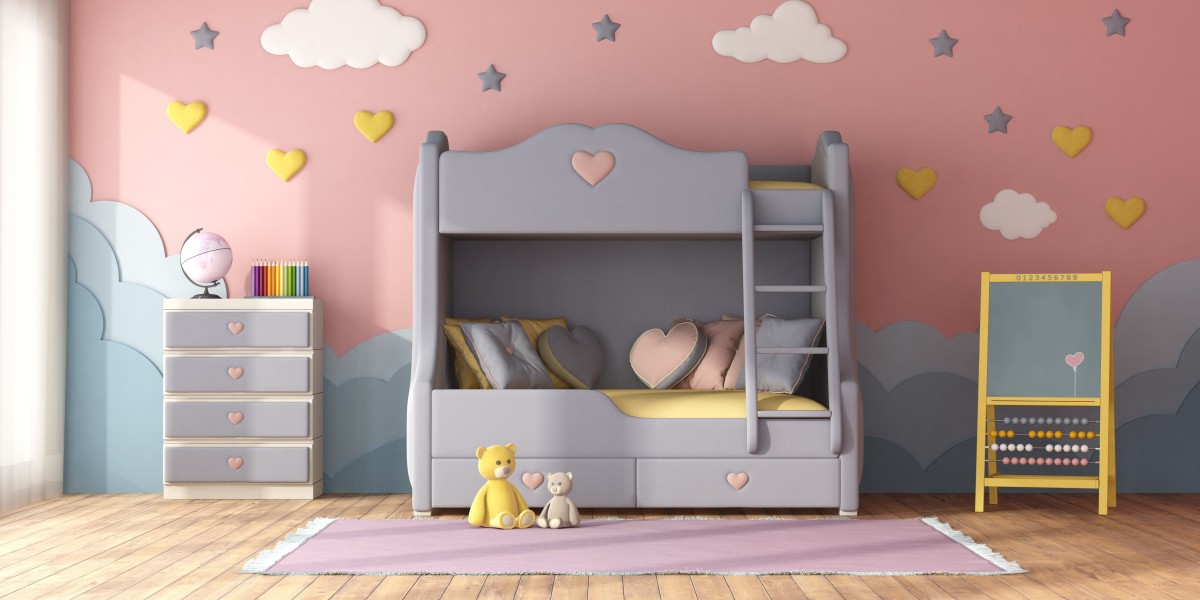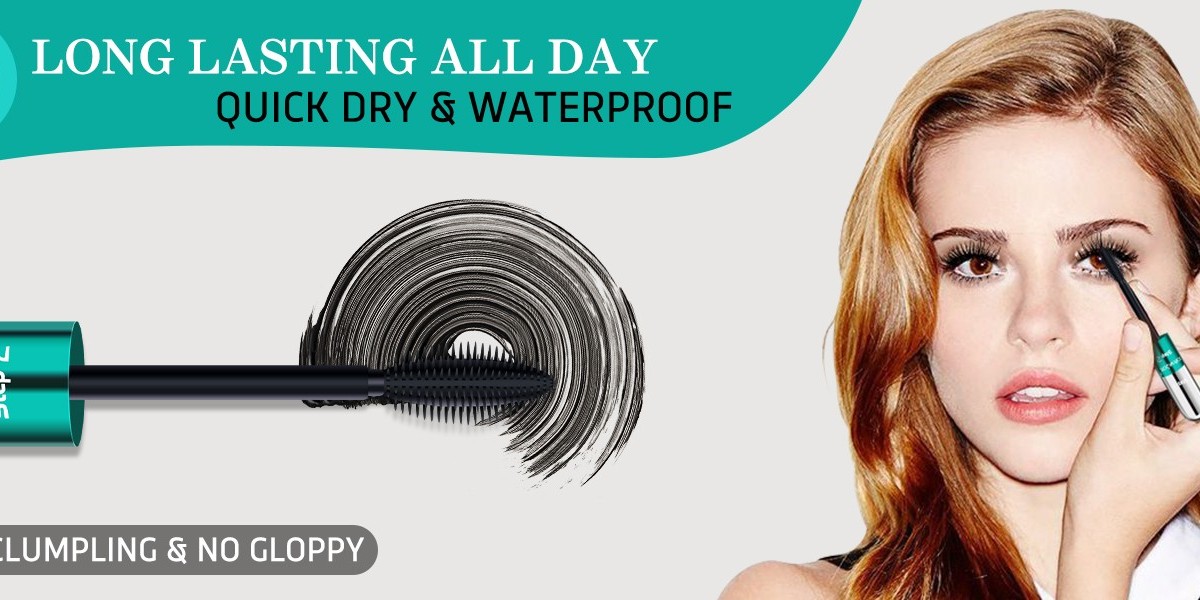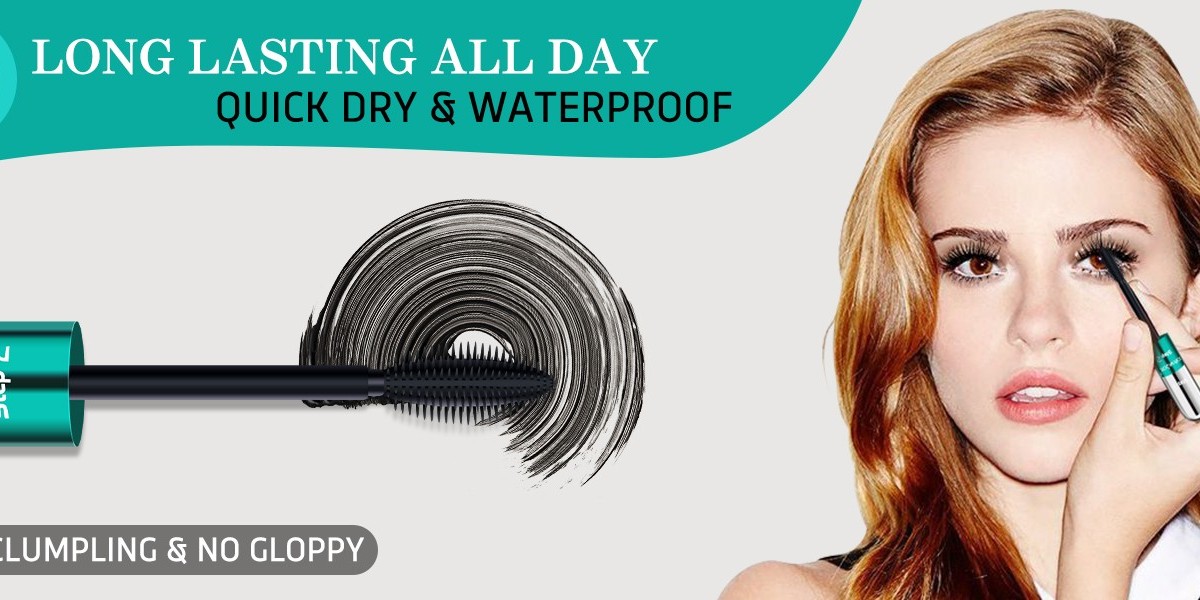UPVC (Unplasticized Polyvinyl Chloride) windows have gained immense popularity in recent years, becoming a favored choice for homeowners and builders alike. This article delves into the characteristics, benefits, and installation of UPVC windows, providing a comprehensive overview for those considering this modern window solution.
What are UPVC Windows?
UPVC windows are made from a rigid form of polyvinyl chloride, which is a synthetic plastic polymer. Unlike regular PVC, UPVC does not contain plasticizers, making it more durable and suitable for window frames. They are designed to provide excellent thermal insulation, soundproofing, and security while being low-maintenance and cost-effective.
Benefits of UPVC Windows
- Energy Efficiency: One of the most significant advantages of UPVC windows is their energy efficiency. They are designed with multi-chambered frames that trap air, providing excellent insulation. This helps maintain a consistent indoor temperature, reducing the need for heating and cooling systems, ultimately leading to lower energy bills.
- Durability: UPVC windows are highly resistant to weather elements, including rain, wind, and UV rays. They do not warp, rot, or corrode, making them suitable for various climates. Their longevity means they can last for decades with minimal maintenance.
- Low Maintenance: Unlike wooden frames that require regular painting and treatment, UPVC windows only need occasional cleaning with soap and water. They do not require repainting or sealing, making them a hassle-free option for homeowners.
- Sound Insulation: UPVC windows provide excellent sound insulation due to their robust construction and multi-chambered design. This feature is particularly beneficial for homes located in noisy urban areas, as it helps create a quieter indoor environment.
- Security: UPVC windows are inherently strong and can be fitted with advanced locking mechanisms to enhance security. This makes them a safer option compared to traditional wooden or aluminum frames, providing peace of mind to homeowners.
- Aesthetic Versatility: UPVC windows come in various styles, https://businessoutstanders.com/home-improvement/bespoke-window-installation-harpenden-guide colors, and finishes, allowing homeowners to choose designs that complement their property's architecture. From traditional sash windows to modern casement styles, there is a UPVC option for every taste.
- Environmentally Friendly: While the production of UPVC involves the use of fossil fuels, the material itself is recyclable. Many manufacturers now focus on creating eco-friendly UPVC windows, contributing to sustainability efforts.
Features of UPVC Windows
- Multi-Point Locking Systems: Many UPVC windows are equipped with multi-point locking systems, which enhance security by locking at multiple points along the frame.
- Double and Triple Glazing Options: UPVC windows can be fitted with double or triple glazing, providing additional insulation and noise reduction. This feature is particularly advantageous in areas with extreme weather conditions.
- Customizable Designs: Homeowners can customize UPVC windows in terms of size, shape, and color. This flexibility allows for seamless integration into any home design.
- Tilt and Turn Mechanism: Some UPVC windows come with a tilt and turn mechanism, which allows for easy cleaning and ventilation. This feature is especially popular in urban areas where fresh air circulation is essential.
Installation of UPVC Windows
Installing UPVC windows is a straightforward process, but it is essential to follow specific steps to ensure a successful installation.
- Choosing the Right Windows: Start by selecting the appropriate UPVC window style and size for your home. Consider factors such as energy efficiency ratings, security features, and aesthetic appeal.
- Measuring the Opening: Accurate measurements are crucial for a proper fit. Measure the width and height of the window opening, accounting for any frame additions or adjustments.
- Preparing the Site: Before installation, ensure the area around the window is clear and accessible. Remove any old window frames and clean the opening to create a suitable surface for the new UPVC window.
- Fitting the Window: Place the UPVC window into the opening, ensuring it is level and plumb. Use shims to adjust the fit if necessary. Secure the window in place using screws or brackets as per the manufacturer’s instructions.
- Sealing and Insulating: After securing the window, apply a suitable sealant around the edges to prevent water and air infiltration. Insulation foam can be used to fill any gaps between the window frame and the wall.
- Finishing Touches: Install any additional features such as trims or sills to complete the look. Ensure that all locking mechanisms function correctly and that the window opens and closes smoothly.
Conclusion
UPVC windows offer an array of benefits, making them an excellent choice for modern homes. Their energy efficiency, durability, low maintenance, and aesthetic versatility are just a few reasons why they have become increasingly popular. With the right installation and care, UPVC windows can enhance the comfort, security, and overall value of your home for many years to come. Whether you are building a new home or renovating an existing one, consider UPVC windows as a viable and sustainable option that meets your needs.





